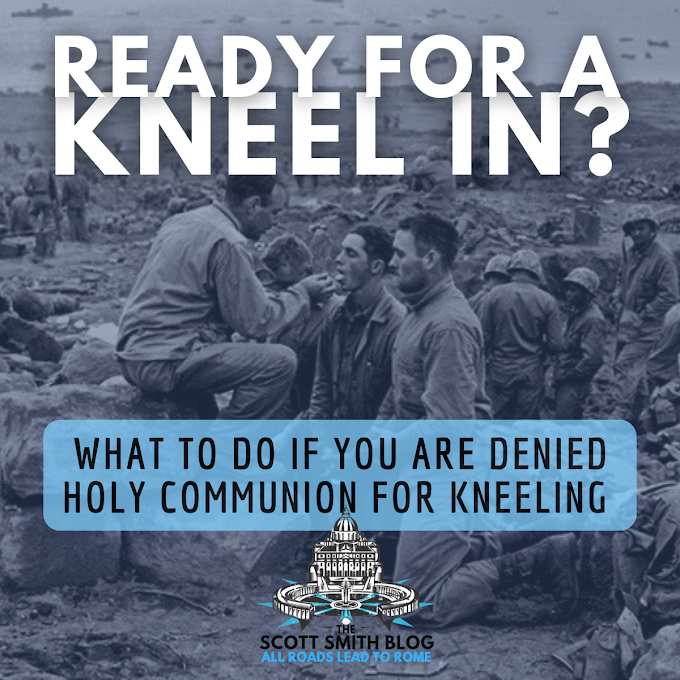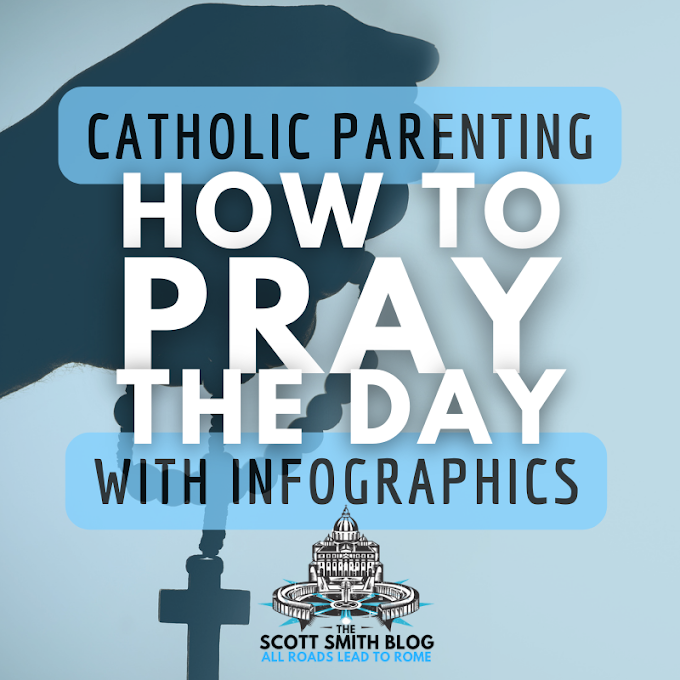Genesis 37:3 is just one of those verses. The translations for it are all over the place:
According to the King James Version, Genesis 37:3 reads, "Now Israel loved Joseph more than all his children, because he was the son of his old age: and he made him a coat of many colours."
According to the New American translation, "Israel loved Joseph best of all his sons, for he was the child of his old age; and he had made him a long ornamented tunic."
According to Andrew Lloyd Webber's musical, it's the "Amazing Technicolor Dreamcoat"!
So which is it? Did Joseph have a "long ornamented tunic" or a "coat of many colors"?
And what would be the meaning of a "coat of many colors"? Is the Patriarch Joseph bedecked in a rainbow? That's kind of weird, right? Especially these days. Maybe that's why Joseph's brothers tossed him into a well.
No, there's is a deeper, much more important meaning, and better translation ...
In this article, I will take you through all the hidden and forgotten meanings for Joseph's coat. The last meaning may be the most fascinating and shocking of all, so make sure you read until the end (or just skip down to the end, it's that good).
Joseph's Coat of Many Colors - Table of Contents
All this talk about Joseph the Patriarch and his coat will ultimately point to St. Joseph, typologically.
That's why Fr. Donald Calloway and I wrote the Consecration to St. Joseph for Children and Families:
So St. Joseph can protect all families -- as he protected the Holy Family -- in this last great battle between Heaven and Hell over the family.
Did Joseph Really Have a "Technicolor Dreamcoat"?
But there's something much more important, much deeper at work here that's completely at odds with the "free love" spirit of these musicals.
What is the True Translation of the "Coat of Many Colors" in Genesis 37:3?
Here, as usual, the RSV-CE translation of the Bible gives us a much closer translation of the original Hebrew:
Now Israel loved Joseph more than any other of his children, because he was the son of his old age; and he made him a long robe with sleeves [Hb. כְּתֹ֥נֶת ketonet + פַּסִּֽים׃ passim].
"A long robe with sleeves" or "a robe with long sleeves" is a much better translation of the Hebrew phrase ketonet passim than "coat of many colors".
But what's the significance of a long robe?
Did Jacob/Israel give Joseph a cloak that was too big? Did the father give his own, over-sized robe to his son? Interesting image, but no -- Joseph was a grown man at this time.
There at least two very important meanings here, both of which point to St. Joseph.
What is the Meaning of Joseph's Ketonet Passim Cloak?
Translating ketonet is a straightforward matter. Ketonet means coat, cloak, tunic, etc.
Passim is a bit more mysterious while also seeming to be prosaic. Passim could come from the singular pas meaning the "palm" of the hand.
The singular “pas” appears in Aramaic, not Hebrew, in Daniel 5:5 (pas y’da) describing the hand that King Belshazzar saw writing on the wall. In that context, pas is understood to mean the palm of the hand.
Based on this, ketonet passim is interpreted to mean a long-sleeved garment. That is, a cloak so long that reaches all the way to the palm.[1]
And ... a long cloak reaching all the way to the ankle (Bereishit Rabbah 84:8;5 Da’at Zekeinim miBa’alei HaTosafot).[2]
Joseph's Cloak that Reaches to the Palms and Ankles >> St. Joseph, Terror of Demons
Why would Joseph's cloak reference the palms and the ankles? What is this pointing to?
This tells us something about St. Joseph and his son. St. Joseph, too, had a cloak. St. Joseph's cloak was long enough to conceal Jesus and the Holy Family from the devil. Read more on how St. Joseph's cloak conceals and protects the Holy Family from Satan in this other article I've written, Why is St. Joseph Called the "Terror of Demons":
But there's more ...
Joseph's Cloak that Reaches to the Palms and Ankles >> Jesus' Palms and Ankles
What violence was committed against Jesus' most precious palms ...
This is a striking connection. But there's another, deeper level to this, as well.
The Hebrew phrase ketonet passim is found in only one other place in the Bible.
The Other Mention of Ketonet Passim in the Bible
We see the phrase ketonet passim every time Joseph's cloak is described: Genesis 37:3, Genesis 37:23, Genesis 37:31, Genesis 37:32, and Genesis 37:33.
Outside of the context of Joseph's cloak, the phrase ketonet passim is found in only one other place in the Old Testament -- in the entire Bible, for that matter.
That one other place is 2 Samuel 13:18:
Now she was wearing a long robe with sleeves; for thus were the virgin daughters of the king clad of old.
This is a description of Tamar, whose virginity was forcefully and hatefully stolen by her brother Amnon. This is one of the more tragic scenes in the Bible.
Despite the darkness and shadows of this scene, this verse nevertheless illuminates our understanding of ketonet passim. We are told "for thus were the virgin daughters of the king clad of old."
The long cloaks were marks of virginity. The ketonet passim cloak was long for modesty's sake.
Josephus in Antiquities of the Jews (vol. II, 2:1) and the Book of Jubilees (chap. 34) omitted mention of this special paternal gift to Joseph, but when describing the garment worn by Tamar, Josephus says (Antiquities of the Jews vol. VII, 8:1): “for the virgins of old time wore such loose coats tied at the hands, and let down to the ankles.”
But that's not all. The long cloaks marked, not only virgins, but royal virgins.
Again, how does this point to St. Joseph?
The Two Gifts of St. Joseph
The ketonet passim robe of Joseph the Patriarch points to great cloak of St. Joseph. This is the cloak that concealed and protected the Holy Family. Now, we are being given an insight into why St. Joseph's cloak had such power to conceal and protect.[3]
First and foremost, St. Joseph had this power from God. St. Joseph was chosen by God to be head of the Holy Family.
But with what gifts did God equip St. Joseph? These were many. Ketonet passim points to two gifts in particular:
- Royalty: the Crown of Israel
- Virginity: the Perpetual Virginity of Mary and Joseph
More on these below ...
St. Joseph was the Hidden, Rightful King of Israel
King Herod was the false, puppet king of Israel. St. Joseph was the rightful bearer of the crown of Israel.
St. Joseph isn't just described as being of David's family and lineage, St. Joseph is of the royal "house of David":
In the sixth month the angel Gabriel was sent from God to a city of Galilee named Nazareth, to a virgin betrothed to a man whose name was Joseph, of the house of David; and the virgin’s name was Mary. (Luke 1:26-27)
If you're described as being "of the house of Tudor" or "of the house of Windsor," it typically means you have a crown on your head.
More than that, it has been argued that St. Joseph had one of the greatest claims to the throne of Israel. St. Joseph Dr. Brant Pitre created an amazing Bible study on the St. Joseph, the Hidden King of Israel. I recommend you listening to it in full, but here's a teaser:
Also! The ketonet passim doesn't just point to Joseph and St. Joseph's royal lineage, but their lineage back to Adam, as well.
St. Joseph, Most Chaste, and the Perpetual Virginity of Mary and Joseph
And the angel said to her, “Do not be afraid, Mary, for you have found favor with God. And behold, you will conceive in your womb and bear a son, and you shall call his name Jesus.He will be great, and will be called the Son of the Most High;and the Lord God will give to him the throne of his father David,and he will reign over the house of Jacob for ever;and of his kingdom there will be no end.And Mary said to the angel, "How can this be, since I know not man?" (Gk. andra ou ginosko, ἄνδρα οὐ γινώσκω)?” (Luke 1:30-34)
Why would a bride be startled to be told that she will soon conceive? To conceive -- that's the hope of every bride (or at least it used to be). It doesn't make sense unless Mary and Joseph had taken vows of virginity. It doesn't make sense unless the marriage of Mary and Joseph was a celibate marriage.
The Priestly Meaning of the Ketonet Passim
Ketonet Passim Points to the Priesthood of St. Joseph, the Ark-Bearer & The Prototype of the Priesthood
 |
| Transporting the Ark of the Covenant, gilded brass relief, Cathedral of Sainte-Marie, Auch, France |
- Proof the Mary is the New Ark from Luke 1, the Visitation: What's Really Happening at The Visitation: The Ark Comes to Elizabeth
- Mary being the New Ark also supports her Assumption, as I've written about here (part 3) and here (part 4)
- Proof that Mary is the New Ark in Revelation 12
- Here's a whole course I've put together on this, too: Virgin Mary E-Course, Mariology Class on New Eve, New Ark, and New Queen
The Last Great Meaning of the Ketonet Passim: Adam's Robe & the New Adam
Much More than a Rainbow, Technicolor Dreamcoat?
Footnotes for Joseph's Long-Sleeved Coat of Many Colors
[1] Following this, the Koren Tanakh (Jerusalem, 1986) translates ketonet passim as a “coat with long sleeves.”
[2] Rabbi David Zvi Hoffmann supports this translation of ketonet passim to mean “reaching the palms” or “reaching the ankles.” Rabbi Hoffmann notes that in the Mishnah (Challah 1:8) “pisat hayad” means the palm and “pisat haregel” means the bottom of the foot. Ketonet passim, therefore, refers to a garment that reached the pas hayad and the pas haregel. This has support in the use of “pisat” in Tehillim 72:16 to mean “a measure.” LINK
























9 Comments